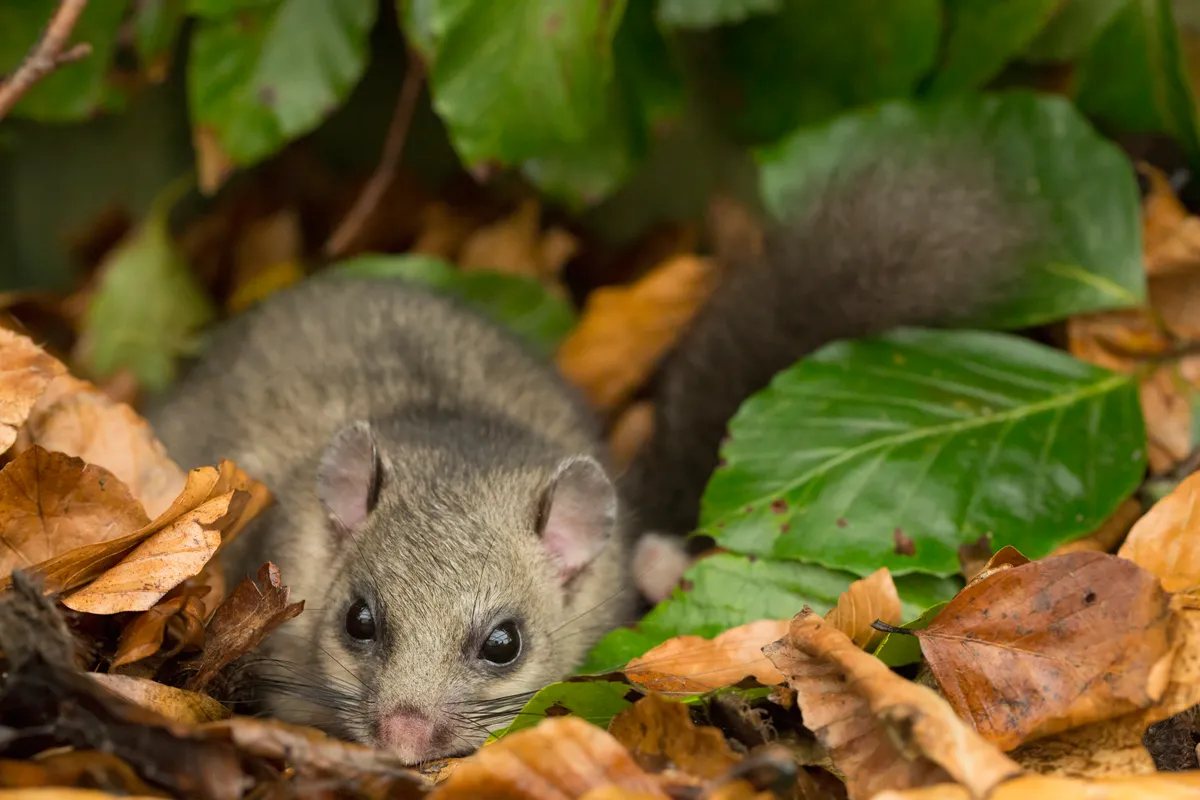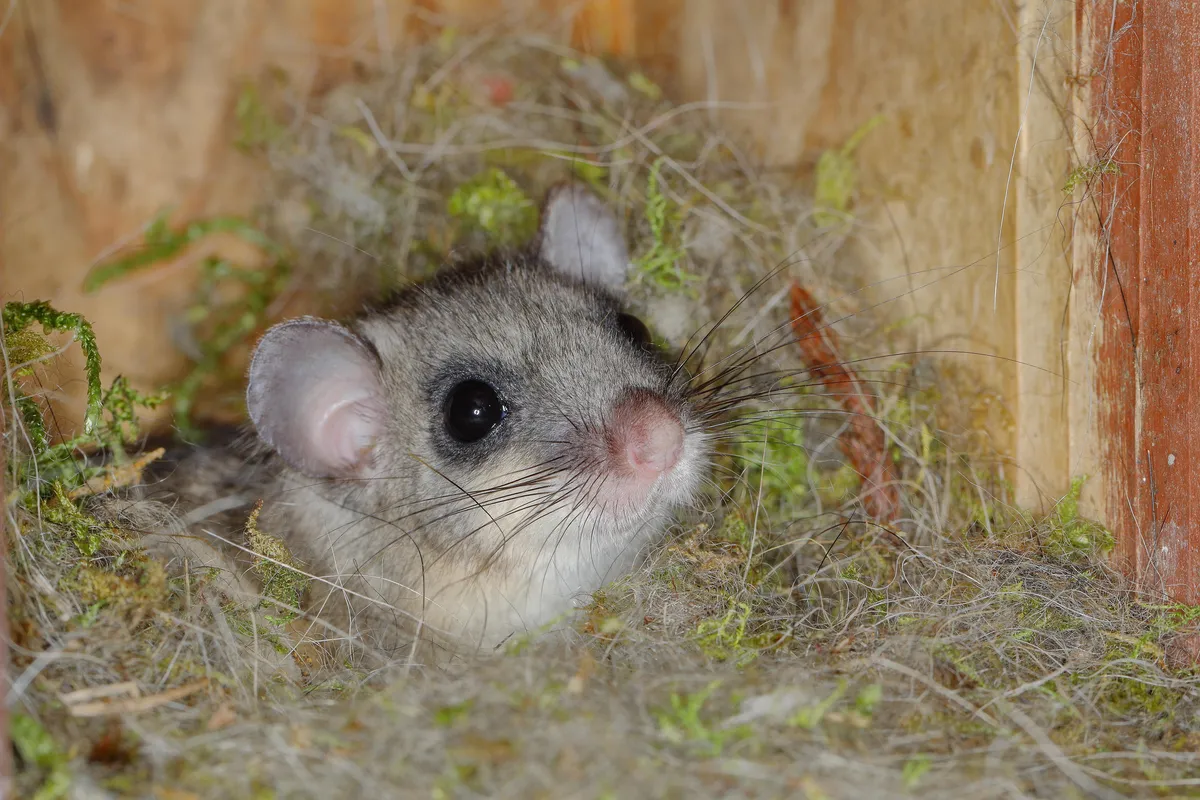Though attractive to look at, the European edible dormouse (normally referred to just as the edible dormouse) divides opinion in Britain – much like another grey, bushy-tailed interloper we could mention.
It's not very closely related to the hazel dormouse, the only dormouse species which is native to the UK – both belong to the same family, but belong to different subfamilies.
The European edible dormouse is not native to the UK, but was introduced in the early 1900s.
What is the scientific name of the European edible dormouse?
The scientific name of the European edible dormouse is Glis glis.
This is an example of a tautonym, where the genus and specific name are the same.
The European edible dormouse is only one of two species in the Glis genus, the other is the Iranian edible dormouse (Glis persicus).
How big are edible dormice?

Edible dormouse measure between 14-19cm in length (excluding the tail), with a tail measuring between 11-13cm in length. They typically weigh between 120-150g, but can double in weight as they prepare for hibernation over winter.
The tail is long and bushy, and slightly darker grey than the body.
Why are edible dormice called edible?
As the name suggests, this species has been eaten by humans – and they are still eaten in some countries, such as Slovenia and Croatia.
In the days of Call My Bluff, I can’t remember the panel ever discussing gliraria, though they would have made a fascinating topic. These were stone jars in which the Romans used to keep edible dormice, fattening them up for the pot.
Two millennia on, our attitude towards these bushy-tailed, button-eyed rodents is less culinary, and – as with so many introduced species – we are torn about whether they are a welcome addition to Britain’s fauna.
When were edible dormice introduced to the UK?
Edible dormice were introduced to the UK in 1902 when the zoologist and banker Lord Rothschild liberated them on his estate at Tring in Hertfordshire. They rapidly colonised local woods, but dislike crossing fields so have largely stayed within 20–30km of Tring (there are isolated reports of the species from as far away as Essex).

Are edible dormice pests?
In some places, the dormice have become a nuisance by inhabiting roof spaces: one resident said they are like having “a football team in the loft”.
Although a non-native species, they do have some protections in the UK as the Gliridae family are protected internationally under the Berne Convention. They can only be removed by a qualified pest controller using spring traps, and must be humanely destroyed after capture.
What do edible dormice eat?
Until relatively recently, the population dynamics of edible dormice were little known, but a nestbox study by BBC Wildlife contributor Pat Morris shed light on the rodents’ life-cycle.
The dormice depend on beech trees in Britain, eating the buds, flowers and (especially) mast, and the research has revealed that in poor mast years many dormice leave their nestboxes for a whole season and then fail to breed.
Since edible dormice can live for nine years or more, this doesn’t seem to affect their populations in the long term. But a lack of food in beechwoods could trigger an exodus into houses: there seems to be a correlation between failing beech crops and the number of pest-control call-outs.
Edible dormice are known to be adaptable, and have been reported to eat berries, apples, invertebrates and even eggs.
Main image: Edible dormouse in Buckinghamshire, UK. © David Tipling/Universal Images Group/Getty